Dirty Projectors, "Up in Hudson"
A description of a new song.
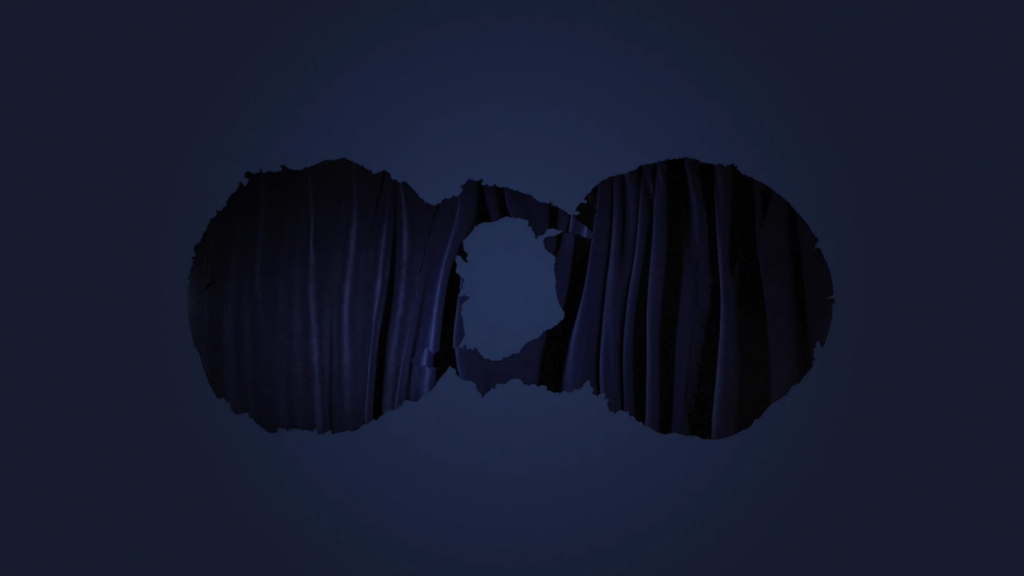
The Dirty Projectors have a new song out and I have a reaction I’d like to throw out there and see how you feel.
Ready?
It’s like someone challenged them to cover one of their own songs in the style of Vampire Weekend (specifically around 3:15 and 4:42).
Thank you.
What Does Long-Lasting Success Smell Like?
A deconstructive analysis of Donald Trump’s fragrances.
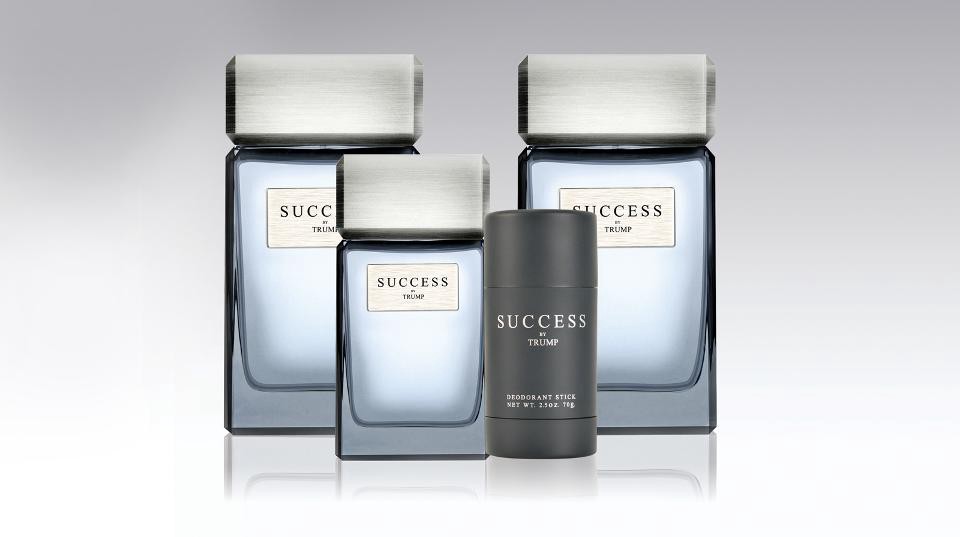
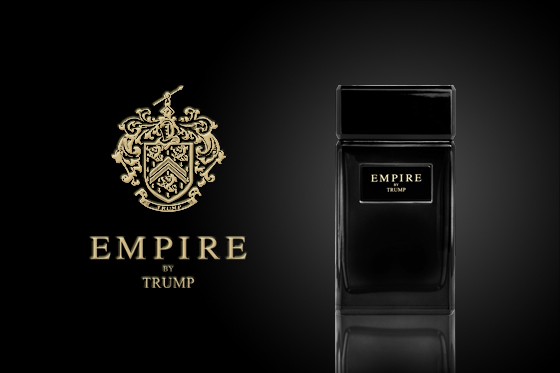
An unruly stench has descended upon D.C. It smells like some horrific alchemy of Cheeto dust, bronzer, a Muscovite’s urine, and the persistent sweat above Sean Spicer’s upper lip. But fans of our nation’s 45th President are clamoring to package the scent, to rub it into their clavicles and wrists and wherever else they want to freshen up; for $30, they can. Ultimately, it was those citizens for whom I forsook all dignity and bought Donald Trump’s two namesake colognes, “Success” (by Trump) and “Empire” (also by Trump).
“Success” and “Empire” are but two fragrances in the ever-growing pantheon of celebrity scents, demonstrating how easily and effortlessly fame can be monetized into a lifestyle brand. This process happens to be the conspicuously unconstitutional bread-and-butter of the country’s foremost swindler, who has slapped his name on everything from fraudulent universities to angus beef.
Then there is Christina Aguilera, who has lent her name to a grand total of ten perfumes, with names such as “Red Sin” and “Touch of Seduction.” Paris Hilton has released eight, one of which is called, simply, “Heiress.” There’s also Derek Jeter’s “Driven” and Nicki Minaj’s “Minajesty,” plus David Beckham’s “Intimately Beckham” and Tim McGraw’s “Soul2Soul” and Neil Gaiman’s “Lemon-Scented Sticky Bat.” But, perhaps with the exception of Hiltons, few of these are able to match the prescient and self-referential quality unique to Trump Fragrances, a natural extension of his efforts to promote and exude his own affluence at all times.
According to the Trump Organization’s website, “Success By Trump captures the spirit of the driven man.” The description goes on to explain how the scent’s combination of juniper, geranium, and bamboo leaves gives rise to a “masculine combination of rich vetiver, tonka bean, birchwood and musk,” all ingredients that may be in short supply once oil pipelines have been routed through the nation’s fields and forests. And since I am undoubtedly sure the President consumes nothing but his eponymous steaks and spring water, I was eager to snuff out both “Success” and “Empire” and learn, once and for all, just how I could replicate what’s likely a tremendous and great smell, a real beauty, the best of all Presidential miasma.
But I found that “Success,” like Trump himself, is chintzy and distasteful. It reminded me a lot more of the pervasive smell of Old Spice in a high school locker room than it did the sweet smell of success, and it bears little resemblance to anything one might want to apply to his body. On the other hand, there almost certainly exists a kind of man who would wear the scent, not least because Trump incites in his zealots the sort of wholesale devotion that led them to buy millions of “Make America Great Again” hats.
“Success” is unmistakably Trumpian in a haughty, predatory way, with pungent undercurrents of citrus that grab your olfactory sensory neurons like the President does unconsenting women. It’s also, weirdly, both mannish and infantile, conjuring the smell of a thousand wealthy alter kockers in a card room but also precocious teenage boys on first dates at CPK. The bottle itself looks like a big, rectangular chunk of metal; to the naked eye, one might mistake it for the Chinese steel with which President Trump likes to build his hotels.
Three years after the release of “Success,” Trump unveiled “Empire,” in 2015, “because every man has his own empire to build.” Its packaging resembles the President’s tower in Manhattan, a black box emblazoned with Trump’s golden coat-of-arms, which he was only authorized to use after a four-year trademark battle with Scotland’s heraldic authority.
“Empire” is a bit louder than “Success,” with hints of peppermint and a zesty spice; if the latter denotes Trump’s Keynesian impulses, “Empire” is more of the aristocratic tradition. It seems marketed to a particularly virile type of scion, he of the slicked-back hair and Windsor knot, with wet dreams about money and, of course, imperialist rule. In other words, it’s not unfathomable that someone might buy it, despite its poor ratings from the Environmental Working Group’s Skin Deep Database, which notes that Trump’s fragrances contain ingredients associated with “hormone disruption, skin and lung irritation, organ system changes, and cancer.”
Of course, any deep dive into Trump’s products is indelibly colored by the fractious state of our Republic. As one would expect, the Amazon reviews of the President’s eaux de toilette convey the fierce partisanship that’s come to define the body politic. “Smells like pee,” wrote one reviewer, Lisa, while another said it didn’t last long and gave him a nasty skin rash. “Smells great,” rebutted Rick, who gives “Success” five stars and added that “it makes any SJW near you cry so that makes it much better.” A fourth critic called it “the fragrance of freedom,” heaping praise upon its “combination of liberal tears and the sweat of a panicked illegal alien.” He went on to note that “one whiff will cause Madonna to fellate you, even if you didn’t vote for Crooked.”
Having worn each cologne for exactly a day, I, a “Crooked” voter, was not fellated by Madonna. I also received no compliments, which is saying something, since I usually smell pretty bad. The scent wore off pretty quickly even with three forceful spurts, and when I sought to corroborate my feelings about the colognes with a friend who owns one, he told me he had thrown it out during election season.
Many people have commented that my fragrance, “Success” is the best scent & lasts the longest. Try it & let me know what you think!
Yet, according to the President, his fragrances are the bomb, and a quick look at his Twitter feed shows numerous attempts to promote them. “I hope everyone (especially the haters and losers) goes to Macy’s today and buys some DJT ties, shirts and suits-and SUCCESS Fragrance-love!” he wrote in April of 2013. Another tweet reveals with highly scientific evidence that “Success” is “the best scent.” Yet, soon after, Macy’s discontinued its sale of the fragrances, which prompted a distinctly Trumpian bait-and-switch in July 2015, when he encouraged his followers to boycott the department store.
I hope the boycott of @Macys continues forever. So many people are cutting up their cards. Macy's stores suck and they are bad for U.S.A.
For those looking to get a taste of success or a whiff of your own empire, both colognes are still sold on the Trump Organization’s website. Of course, this would only line the President’s pocket and help him further make a mockery of the Constitution, so I, a concerned citizen, will be selling two scarcely used bottles of “Empire” and “Success” on Amazon for 99 cents each. You can DM me for details.
Jake Nevins is a freelance writer living in New York City.
Seven Days Later
A reflection in verse
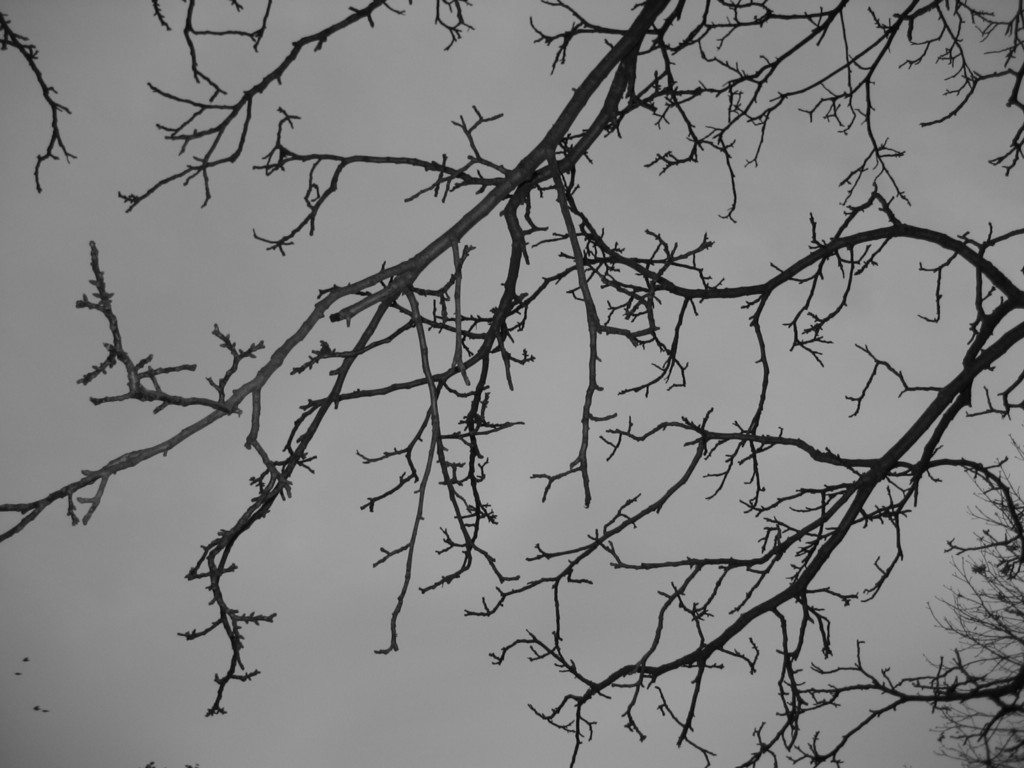
Toss me from a window,
push me off a pier,
shoot me from a cannon —
Get me out of here.
Smash me with an anvil,
blast me into space,
hang me from the rafters —
Take me from this place.
Slice me into ribbons,
poison what I eat,
drown me in the ocean —
I admit defeat.
Tie me to the train tracks,
clog my mouth with stuff,
close my eyes forever —
Please, I’ve had enough.
Things I Read This Week And Liked
Friday reading roundup

Over popcorn shrimp and a Clean Mean Salmon Roll, Paris agrees to address this issue for what she says will be the only time.
Paris Jackson: Life After Neverland
There’s always a fine line between appreciating the art that someone’s making out of her fucked-up life and feeling like your attention makes you complicit in her self-destruction.
Those who were criticized for not participating reminded their followers of the suffrage movement, when black women were increasingly marginalized in the fight for the right to vote, and highlighted the lack of policing at the women’s march, a luxury never granted at Black Lives Matters demonstrations. And they reminded anyone who’d forgotten that 53 percent of all white women who voted voted for Trump, while 94 percent of black women voters cast their ballots for Hillary Clinton. They reminded people that it is very likely that the white women in the photograph probably know — or are related to — someone who voted for Trump. That photo cuts to a truth of the election: While black women show up for white women to advance causes that benefit entire movements, the reciprocity is rarely shown.
Who Didn’t Go to the Women’s March Matters More Than Who Did
In 2016, he told The Washington Post that he chews dozens of pieces of cinnamon-flavored gum each day, swallowing each one whole.
“Two and a half packs by noon,” Mr. Spicer told The Post. “I talked to my doctor about it, he said it’s no problem.”
Dippin’ Dots Extends an Olive Branch to Sean Spicer
Mm, clicky: dogs love reggae | an oral history of Homestar Runner | meet me at Ponypark City | 165 years of NYT wedding announcements… all of them bad | self-owns
Missy Elliott, "I'm Better" (feat. Lamb)
What a week they’re all going to be from now on.

Well, you made it through the first seven days. Now you just have to do one thousand, four hundred and forty-nine more, assuming this thing only lasts four years or we actually have four years to get through. I prefer to avoid the platitudes of recovery, but some sentiments are unavoidable: Perhaps the only way you will do this is by taking it one breath at a time. Even that may be difficult, maybe try going with half-breaths.
Hey, there’s a new Missy Elliott track! So the week was not a complete and total nightmare in the face of which continued existence seems torturous and untenable, right? Let’s say right. Enjoy.
New York City, January 25, 2017

★★★★ The pathetic fallacy finally wore out; clear light came in from the east and a clean breeze met it coming from the west. People went out in sweaters or cloth coats. The sun brushed over the fabric. Conversation could go on outside as long as the clock would allow. At evening the old banging and wailing sounds of the avenue, complete with a growling unintelligible loudspeaker message, came through the windows, open once again.
Mount Eerie Is Mourning
Their new album is dedicated to “the cold mechanics of sickness and loss”
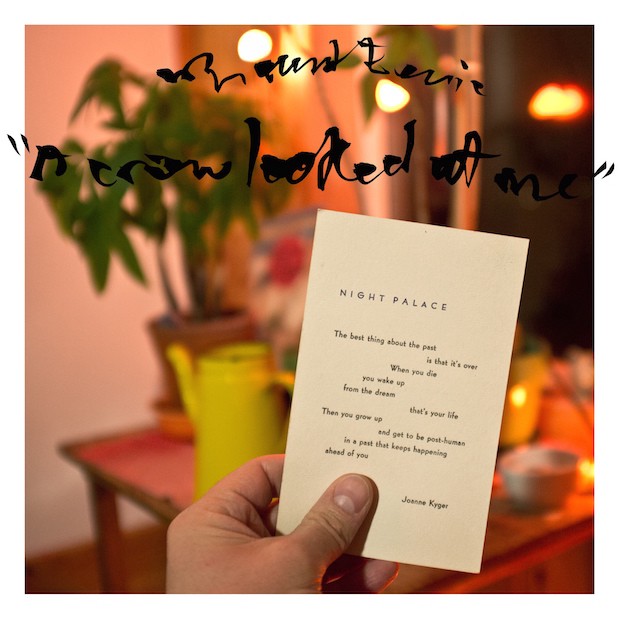
Mount Eerie is releasing an album March 24, and according to Pitchfork,
The songs on the record are a reaction to the death of his wife, artist Geneviève Castrée, who passed away from pancreatic cancer last summer. According to a press release, Elverum wrote and recorded A Crow Looked at Me last fall in the same room where she died, using mostly her instruments.
Isn’t that sad and lovely?
Here is the first track:
Phil Elverum, the frontman and often sole member of the band, released a personal statement along with the track listing. It is good:
Why share this much? Why open up like this? Why tell you, stranger, about these personal moments, the devastation and the hanging love? Our little family bubble was so sacred for so long. We carefully held it behind a curtain of privacy when we’ d go out and do our art and music selves, too special to share, especially in our hyper-shared imbalanced times. Then we had a baby and this barrier felt even more important. (I still don’ t want to tell you our daughter’ s name.) In May 2015 they told us Geneviève had a surprise bad cancer, advanced pancreatic, and the ground opened up. ‘What matters now?’ we thought. Then on July 9th 2016 she died at home and I belonged to nobody anymore. My internal moments felt like public property. The idea that I could have a self or personal preferences or songs eroded down into an absurd old idea leftover from a more self-indulgent time before I was a hospital-driver, a caregiver, a child-raiser, a griever. I am open now, and these songs poured out quickly in the fall, watching the days grey over and watching the neighbors across the alley tear down and rebuild their house. I make these songs and put them out into the world just to multiply my voice saying that I love her. I want it known.
DEATH IS REAL could be the name of this album. These cold mechanics of sickness and loss are real and inescapable, and can bring an alienating, detached sharpness. But it is not the thing I want to remember. A crow did look at me. There is an echo of Geneviève that still rings, a reminder of the love and infinity beneath all of this obliteration. That’s why.
Fuck.
The World Turned Upside Down
Fish discover the view from above.

Everything is a nightmare. Here are some fish whose environment has changed, transitioning to a new set of circumstances they didn’t even realize were possible.
Watch fish in this inverted aquarium, aka a fish condo
What do you think it’s like, as a fish living in a koi pond, to suddenly see a tree from that angle? Or a car? It’s got to be at least a little surprising. There they are with a brand new vantage point on all of the shit that’s been surrounding them this entire time.
These goldieboys seem to be having the time of their life.
These guys are just kind of staring out into space, stunned.
Everything’s wild here until it gets… even wilder.
These giants seem pretty relaxed.
Tag yourself.
Dvořák's 'Slavonic Dances' Are Like A Musical Mood Ring
Classical Music Hour with Fran
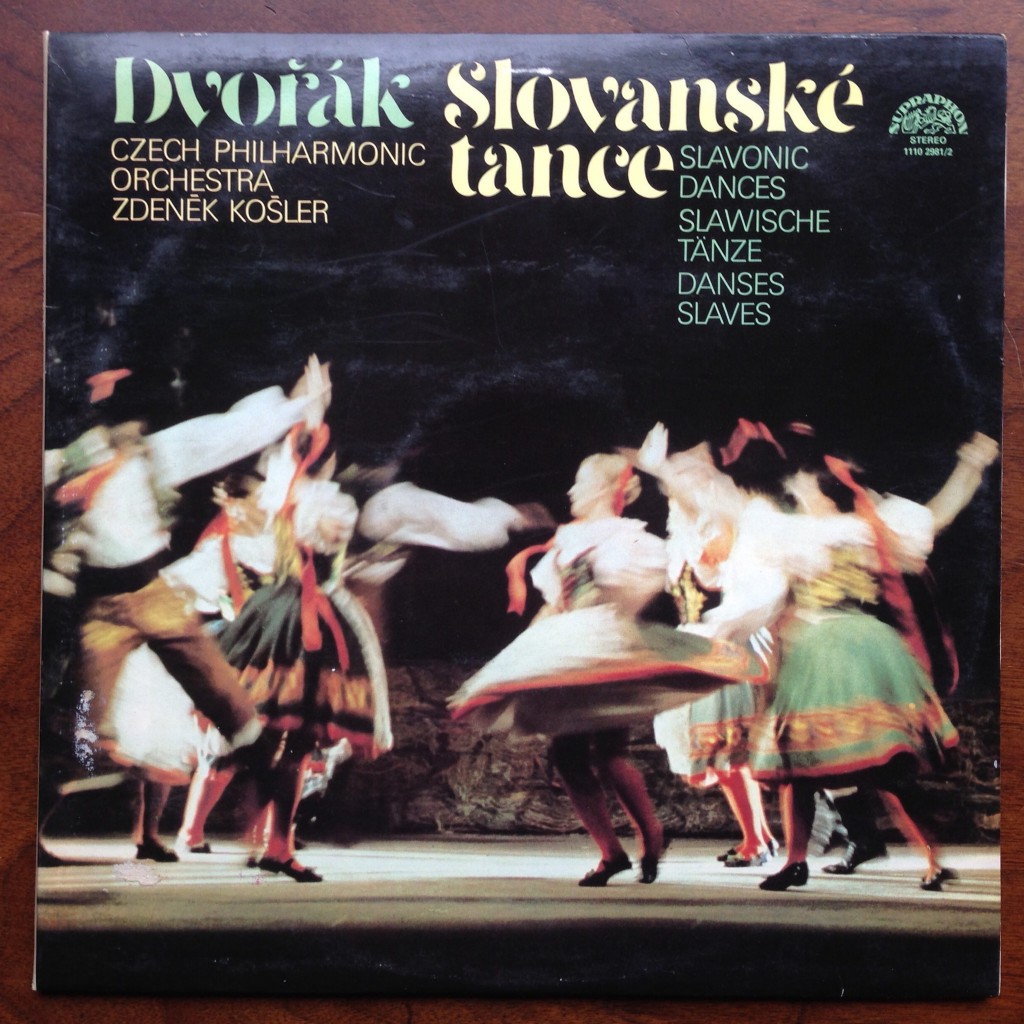
When I started this column a couple of months ago, I introduced you to Antonín Dvořák, a Czech romantic composer who I argued wrote the best symphony of all time. I stand by that claim, if only because I’ll be @’d to death if I ever back down from it, but I wanted to return to Dvořák this week to introduce you to a different piece. The Dvořák from Symphony From The New World is older, more experienced, “has been to New York City and by extension, Brooklyn, and maybe by further extension, the Williamsburg Whole Foods.”
Antonín Dvořák’s ‘Symphony From The New World’ Is The Best, Bar None
The Dvořák from this week is not that guy. He hasn’t even left the Czech Republic yet (or Czechoslovakia, lest we forget that 150 years ago, Europe was very different). Between 1878 and 1886, Dvořák wrote 16 Slavonic dances, known as, uh, the Slavonic Dances. They came in two sets of eight: Opus 46 and Opus 72. Personally, I’m mostly familiar with Opus 46, the first eight Slavonic Dances, which I’d like to introduce you to. These were my initial introduction to Dvořák, who again, is a much different figure than the one we met trying to capture the spirit of “American classical music.” This Dvořák was trying to capture the spirit of Czech music — or do anything, really, to get his name on the map.
In the mid-1870s, Dvořák met Brahms through an Austrian composition contest (“Why haven’t you written about Brahms yet?” you’re asking me, and the answer is because I have a 600-page biography of him on my nightstand that I haven’t gotten around to yet), and Brahms introduced Dvořák to his publisher. His publisher commissioned the dances from Dvořák who, again, was something of an unknown. And unknown was kind of Dvořák’s plan when he sat down to write these Slavonic Dances. So he modeled them, of course, of Brahms’s Hungarian Dances. You think you don’t know any of Brahms’s Hungarian Dances, which is hilarious, because you definitely do.
And so: we get these eight Slavonic Dances, significantly more upbeat and fun and strange and full of zest. Are the Czech people a more upbeat people than the Hungarians? I am literally not at liberty to say.
I am going off of a rare 2016 recording of these dances this week, done by the Czech Philharmonic Orchestra themselves. Feels just like the right way to do this, you know?
The Slavonic Dances are something of a mood ring, if that makes sense to you. Depending on who you are and where you are and what you’re feeling, I genuinely think one or two of these is going to speak more to you than others. Which is fine! Not all of the Slavonic Dances are “for me,” but I’ll do my best to walk you through the mood and tone of them.
Right out the gate, you’ve got #1: the Presto. This one is, uh, not usually for me. It starts with a fanfare — triumphant and boisterous. The strings are perhaps a little too high and forceful off the bat for me, but maybe you’re the kind of person who can’t enter a room quietly. This is a set of dances after all, and you need something (or someone) to really kick things off. I start to warm up to it a little at the 1:22 mark; there’s this cute little melody in the woodwinds that plays over the cellos playing about as high as they can. It’s very elegant at its heart.
With #2, the Allegretto scherzando (“quick and playful”) starts with a very coy woodwind melody. This one is seductive: not quite a slow dance but not too upbeat (especially as some of these get more wild). It feels a little more broad and sweeping in its core melody, and then goes into this quicker drum and cymbal part. That’s where the playful comes in, I imagine.
Now then, the #3, Poco allegro, is extremely my shit. This is one of my two favorite movements in the whole set. I could hum this melody for days on end. It starts smooth and in control. Again: we get these really gorgeous high long notes holding on the cellos. The sound is so rich and wonderful. Cellos are just maybe the best instrument in any orchestra. And then, at right at the 0:47 mark, what the heck! It speeds up. It catches you off-guard with a little chorus before falling right back into its core melody. The middle section of the piece also boasts this wonderful little horn feature. I don’t even care about horns but suddenly it’s like, all I care about are horns. Dvořák, you dog!!!
I played these for a coworker sometime last week when I was reacquainting myself with the Slavonic Dances, and she mentioned to me that #4, the Minuet, sounded like someone entering a ball for the first time. This one feels very royal, no doubt, like presenting oneself to society. It runs a little longer than some of the other dances — just over seven minutes, rather than four or five. This one is rich, too, with a couple of different themes through. It just never really pulls that bait and switch of suddenly getting all upbeat and cymbal-heavy like some of the others. That’s okay. This one gives you a break.
Molto vivace, the fifth dance, is nuts!! It’s quick! It’s cymbals! It’s snare! It’s loud and fast and short and keeps itself going and going! It’s one of the least memorable ones in the set to me, not because it’s bad, but because it almost moves along too quickly for me to get ahold of the melody. Who knows: maybe you operate at this speed. Maybe you let yourself have more coffee than me. I don’t know you or your life.
Now then, #6 is yet another Allegretto scherzando like the second dance. When I think back to my experience of playing Dvořák and specifically the Slavonic Dances, this is the one I remember most even though I do not think it is extremely my shit. I remember being told to constantly play this one more delicately. Which: fair, I suppose. It does feel lightweight, like if you held it in your hands, you’d be afraid to drop it on the ground. It’s perhaps ultimately too precious to me — the little string melody at 1:13 is like the music equivalent of getting your cheeks pinched by an old aunt.
We get back into my type of thing around the seventh dance, the Allegro assai. I love this oboe solo up top: it sets such an interesting and curious mood. Oboe is a naturally curious instrument to me, always just like, “Hm? Me? I’m here?” rather than other instruments that are just like, “I’M HERE.” But regardless, my favorite thing happens right at the 0:34 mark. Once again, we get this quick little woodwind melody over cellos playing on the high end of their register. I GO NUTS FOR THIS AND I WISH I WERE KIDDING. The Allegro assai is also a great example of what a good “variation on theme” can look and feel like. This piece is really just the same two melodies over and over again, back and forth, but they’re layered differently and somehow, Dvořák (MY GUY) keeps layering them in new and interesting ways that build tension.
Last but not least, we get #8 which, just like the first one, is a Presto. There’s a particularly finite feel to this one. It’s almost angry! Dvořák… no… it’s just dancing… don’t get angry. The back and forth between a lighter and more jaunty melody and the really heavy stuff is almost like Dvořák convincing the listener that his particular sound is here to stay. It’s not just fun, he’s explaining, it’s also meant to be taken seriously. (Dvořák, we get it.) I’m not sure the eighth dance is anyone’s favorite, but again: if you can find something, good for you.
I’m not telling you to pick and choose between the Slavonic Dances. No, no, hell no. I’m saying, set aside about forty minutes to listen all the way through. Some of them are going to blend into your emails and your g-chats and your reports (I don’t know what any of you do for a living), but some of the others will pop out. It’ll let you escape what you’re doing for just a bit (again, these aren’t very long) and yes, you have to tell me which one it is that gets you to do that.
Fran Hoepfner is a writer from Chicago. You can find a corresponding playlist for all of the pieces discussed in this column here.
Ticking Time Bombs
If there are only minutes to midnight why worry about what happens after?

I have a question:
Let’s say you’re a guy in your late 60s/early 70s who is in a position of power in politics or industry whose interests do not align with those of the planet or its people. You lived through the Civil Rights era. You know how the verdict of history played out. You’re fully aware of the opprobrium and scorn that has attached itself to the names of those who stood in front of the schoolhouse door. You’re not stupid, you know that you can only suppress the vote and rig the system for so long. You see these millennials with their belief in fairness and equality, and the kids who come after them are even worse. Eventually — and not too far into the future, either — the people in your cohort who are propping up the old order will die, and when that happens you go right into the books alongside the George Wallaces and the Orval Faubuses and the Hendrik Verwoerds or, even worse, the 20th century’s most reviled mass murderers. You are one of humanity’s monsters.
But what if it didn’t matter? What if the planet went through some kind of catastrophe where there was no history left to write? What if the damage you did was so irreversible that the ability to place blame — or even the technology with which to record it — was no longer within the scope of our abilities? Why, you could spend your final years doing all the terrible things you’d always wanted to do safe in the knowledge that there would be no one left to condemn you for it. You could accumulate enough wealth and property that your descendants might even survive safely for a couple of years after your passing, or at least exit with you in high style. What would stop you from being as evil as you’ve always wanted to be — as the rapacious and inescapable logic of capitalism demands that you be — and then pulling the plug on everything on your way out the door?
I mean, this is a thought that probably needs to be developed further, but it is something I am rolling around in my mind right now for some reason.
Related:
